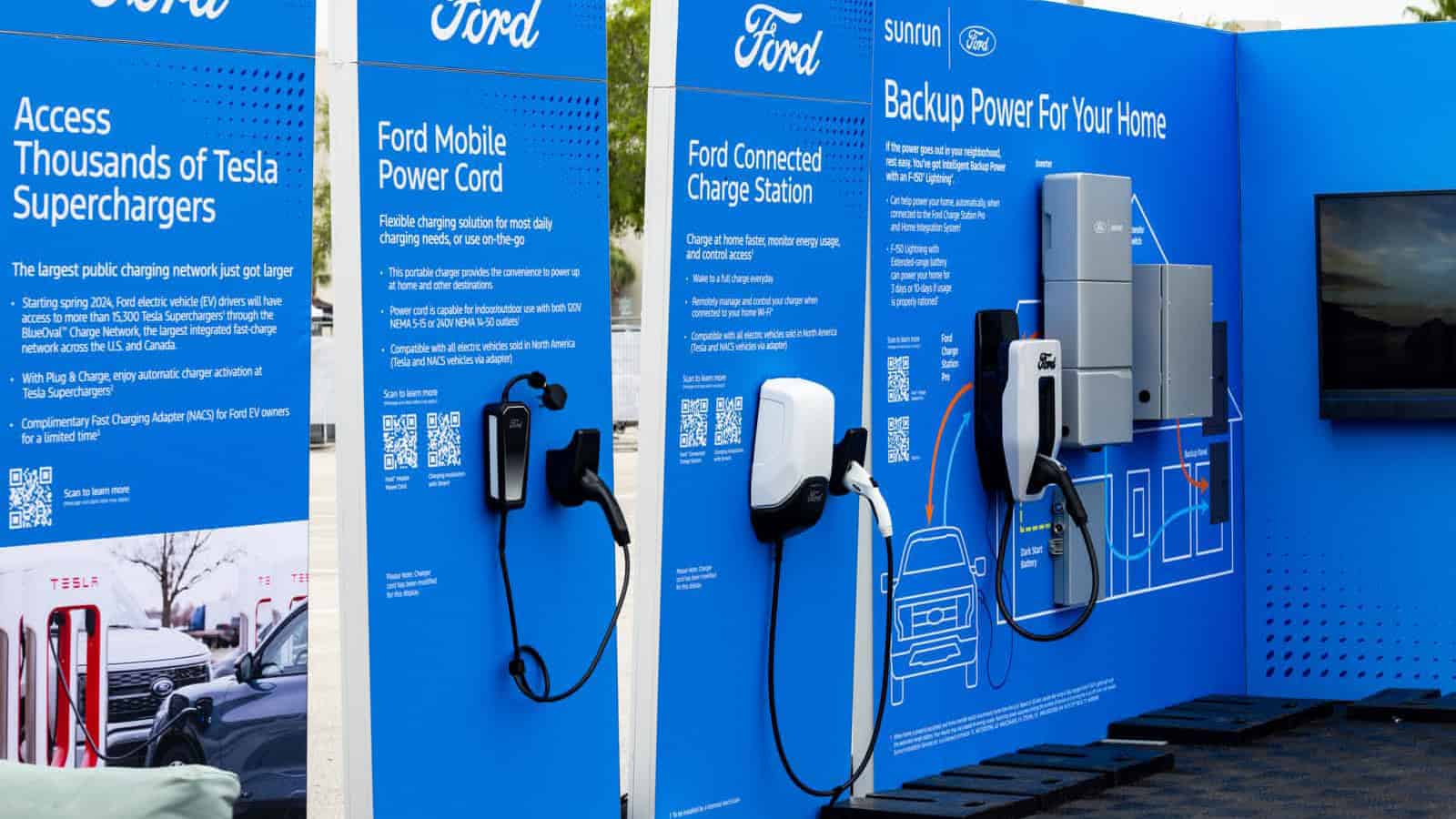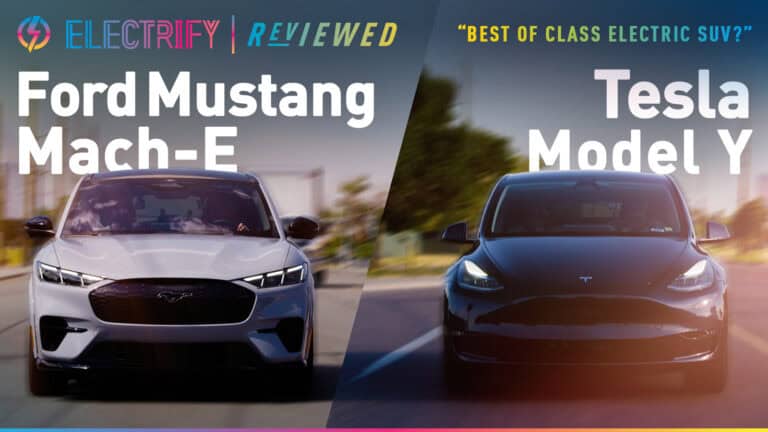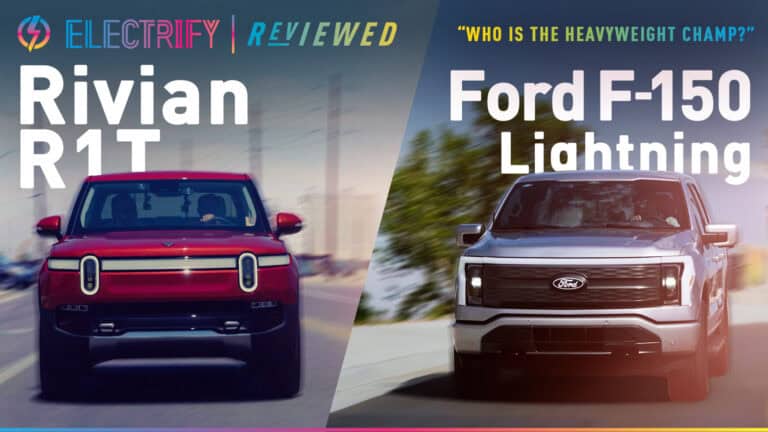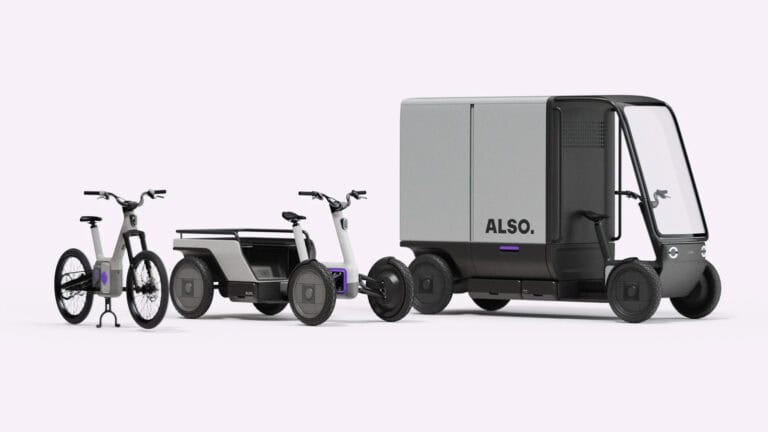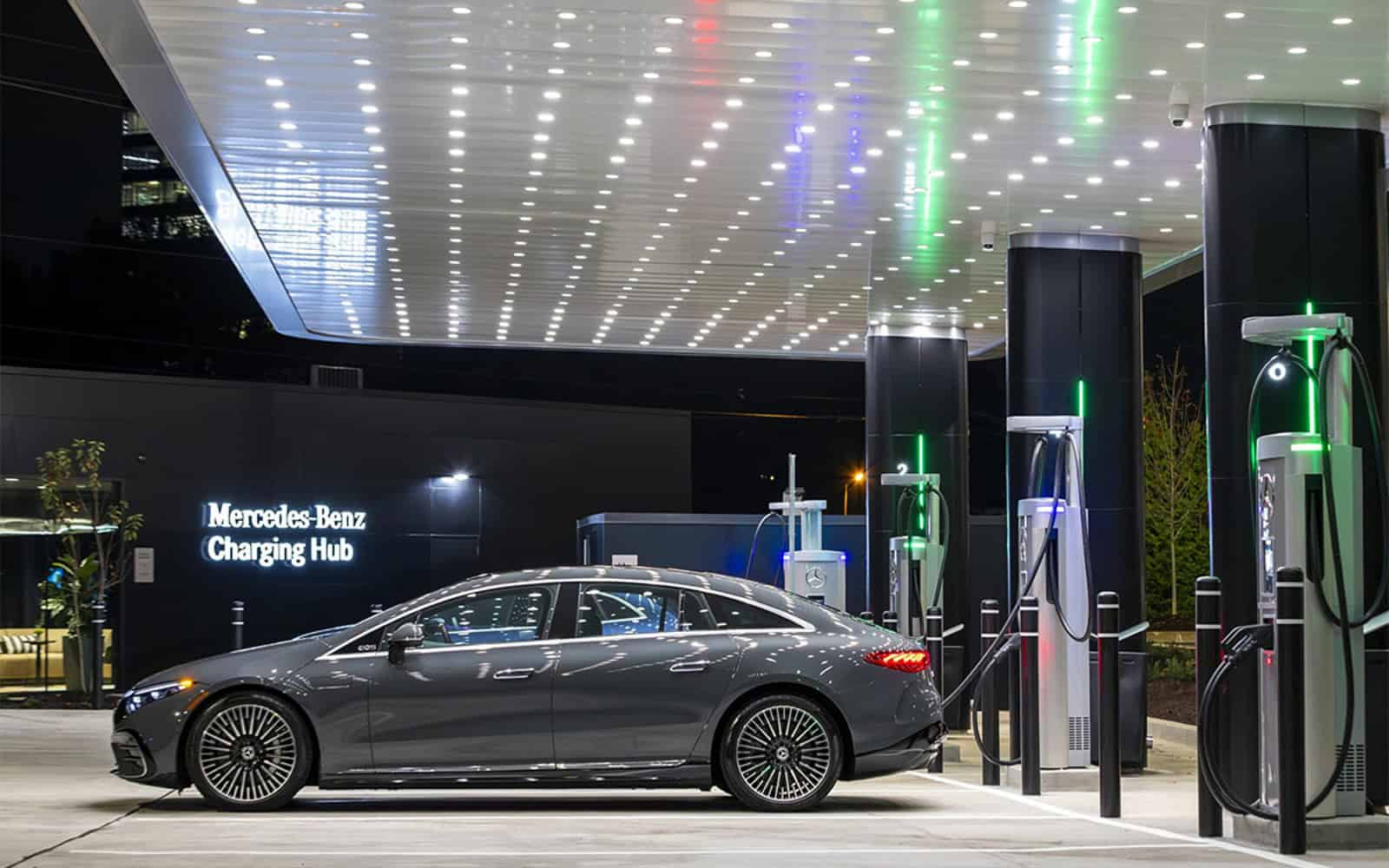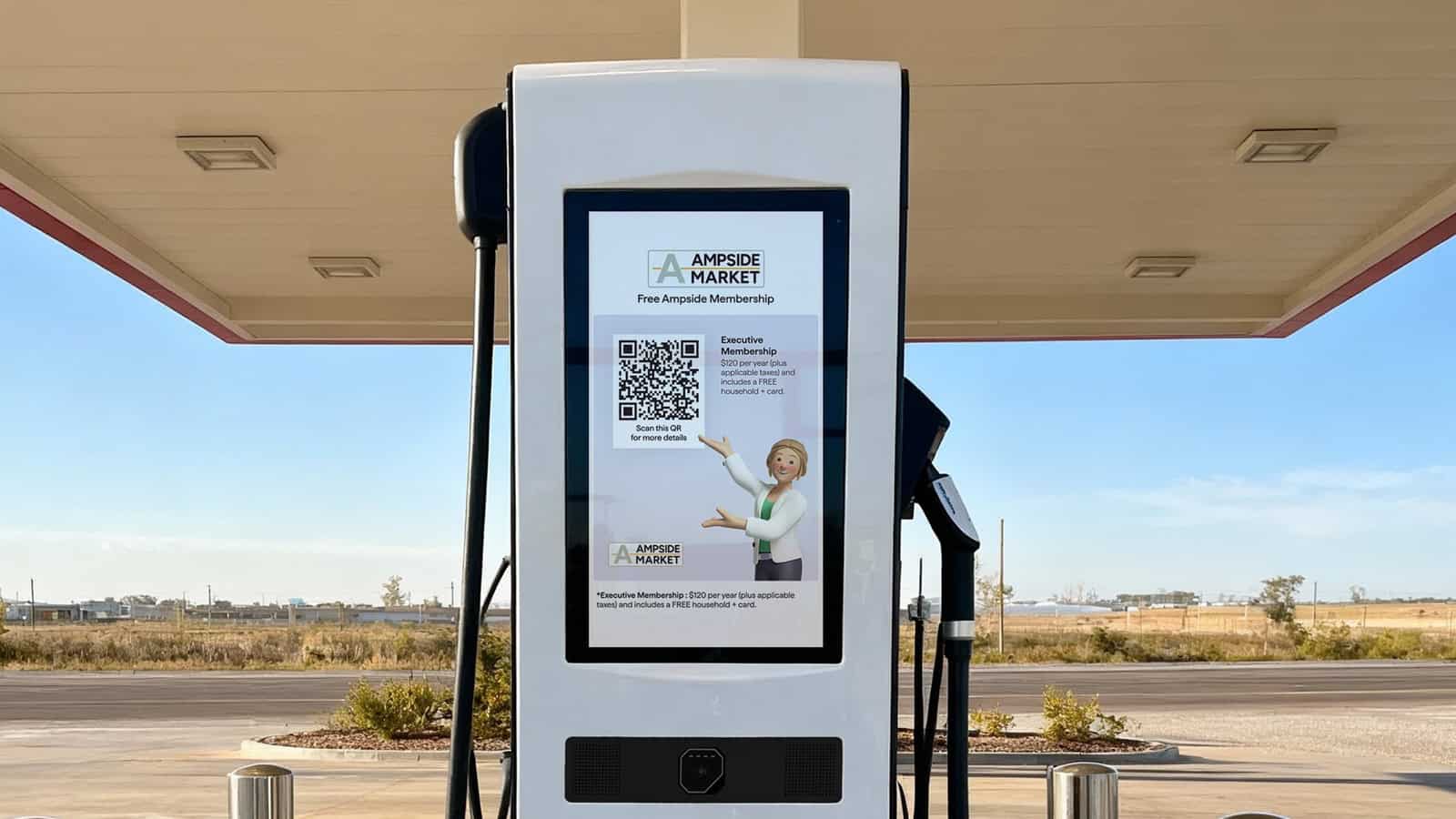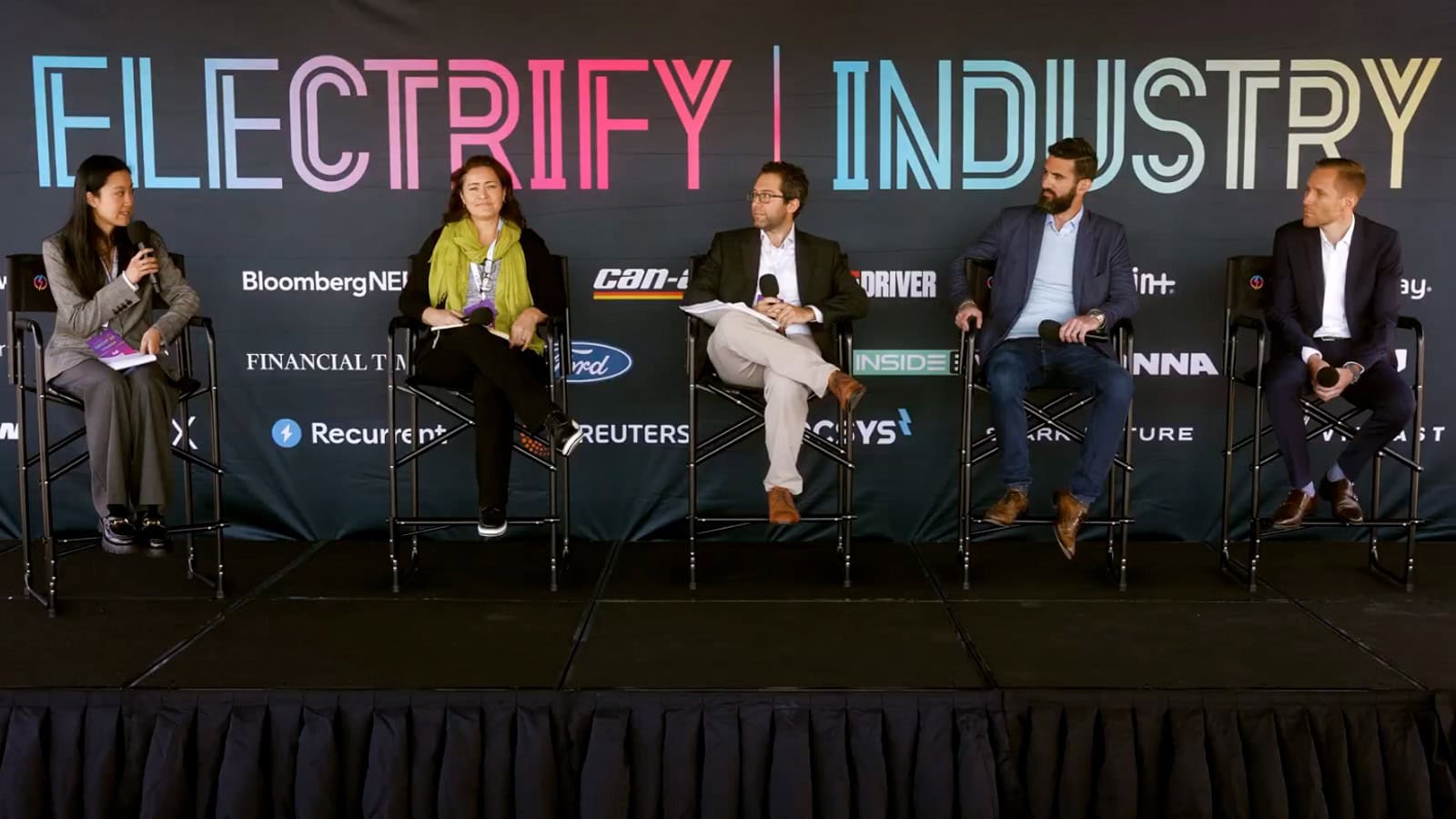- Home electric car charging costs around $12, while gas refills can exceed $47.
- DC fast chargers add up to 10 miles per minute but cost more.
- Public stations now favor fairer kWh-based pricing.
ADVERTISEMENT
Ever wonder how much it really costs to charge an electric car? Or whether you’ll be stuck waiting for hours at public charging stations? Let’s break it down in plain terms. No fluff, no jargon, and just enough detail to help you make sense of it all. Spoiler alert: charging an electric car can be straightforward, cost-effective, and surprisingly convenient.
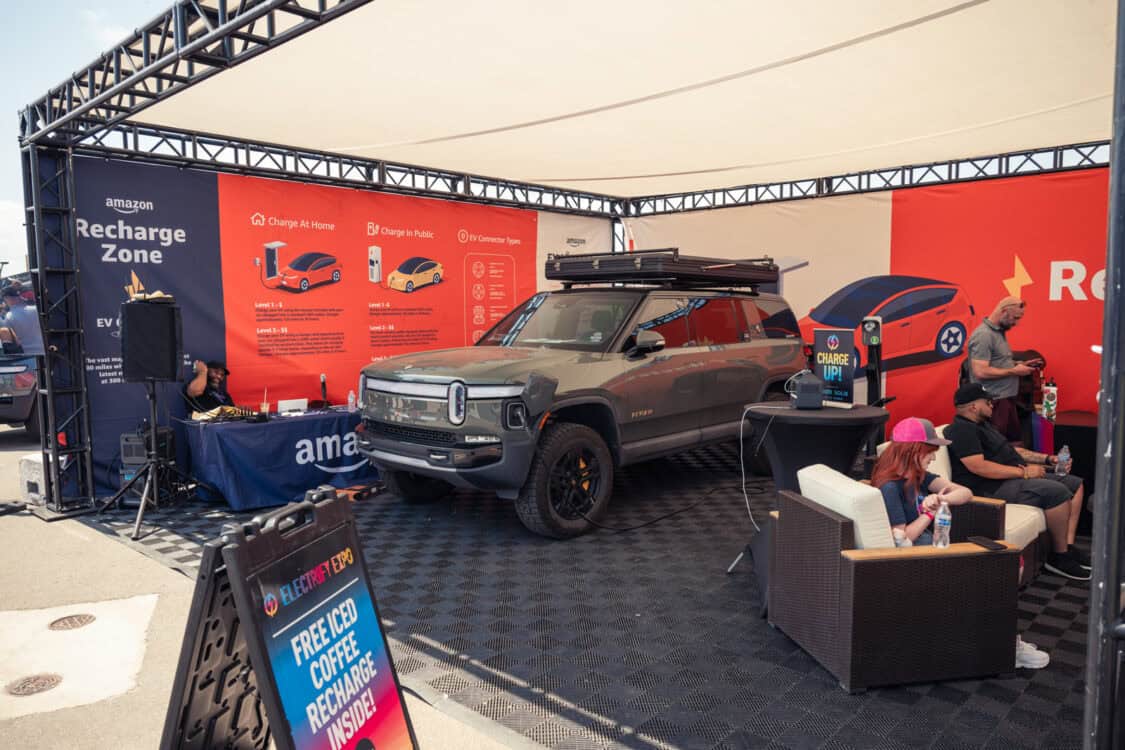
Home Charging Saves Time and Money
You pull into your driveway, plug in your car, and head inside without detours or lines. That is the convenience of home charging. A Level 1 charger, which comes with most electric cars, works with a regular wall outlet. While it adds about 3.5 to 6.5 miles of range per hour, it is perfect for drivers covering 30 to 40 miles daily and charging overnight. It gets the job done.
If you’re looking for a faster way to charge your electric car. Level 2 charging is a great option. It uses a 240-volt outlet, similar to the one for a dryer, and requires installing a charging station at home. This method provides 14 to 35 miles of range per hour, making it practical for daily use. Home charger installation costs vary from $500 to $2,000, depending on your location and home setup, but local incentives can help reduce expenses.
Charging an electric vehicle at home is usually much less expensive than refueling a gas car. In California, electricity costs about 18 cents per kWh, according to the Chargeway app. Fully charging a 2024 Nissan ARIYA EVOLVE+ with an 87-kWh battery costs around $12.53 starting from 20 percent capacity. Refueling a 33-mpg gas car would cost over $47 to go the same distance. The savings add up quickly.
ADVERTISEMENT
Public Charging Options Are Now More Accessible
What if you’re not charging at home? Public charging stations are everywhere, and they come with different pricing models: free, pay-as-you-go, or subscription-based. For those quick top-offs while shopping or on a road trip, you’ll find Level 2 and DC fast chargers.
DC fast charging uses a 480-volt connection and can add up to 10 miles of range per minute. This makes it a practical option for long drives and road trips but comes with higher costs. In California, the price is around 43 cents per kWh. Fully charging a Nissan ARIYA with DC fast charging would cost approximately $37.41, which is higher than home charging but still less expensive than refueling a gas-powered car.
What’s exciting is the growing infrastructure that makes EV charging even more accessible. Nissan recently announced an energy network that connects over 90,000 EV charging stations, including those compatible with Tesla’s Supercharger network. This initiative makes charging more accessible by connecting EV owners to a wide network of compatible stations. With over 90,000 options, you can always find a convenient spot to recharge during your trips.
ADVERTISEMENT
The Real Cost of Charging Stations
Installing a charging station at home can be straightforward. Costs vary depending on your home’s electrical setup and the permits required in your area. Many homeowners find Level 2 chargers worthwhile because the convenience often outweighs the initial expense, especially with incentives that help reduce costs.
Public charging costs are not the same everywhere. Some automakers like Tesla and Hyundai provide free charging at certain stations. Many public stations used to charge based on time, but the industry is now focusing on billing by energy use in kilowatt-hours. This approach is considered fairer for most drivers.
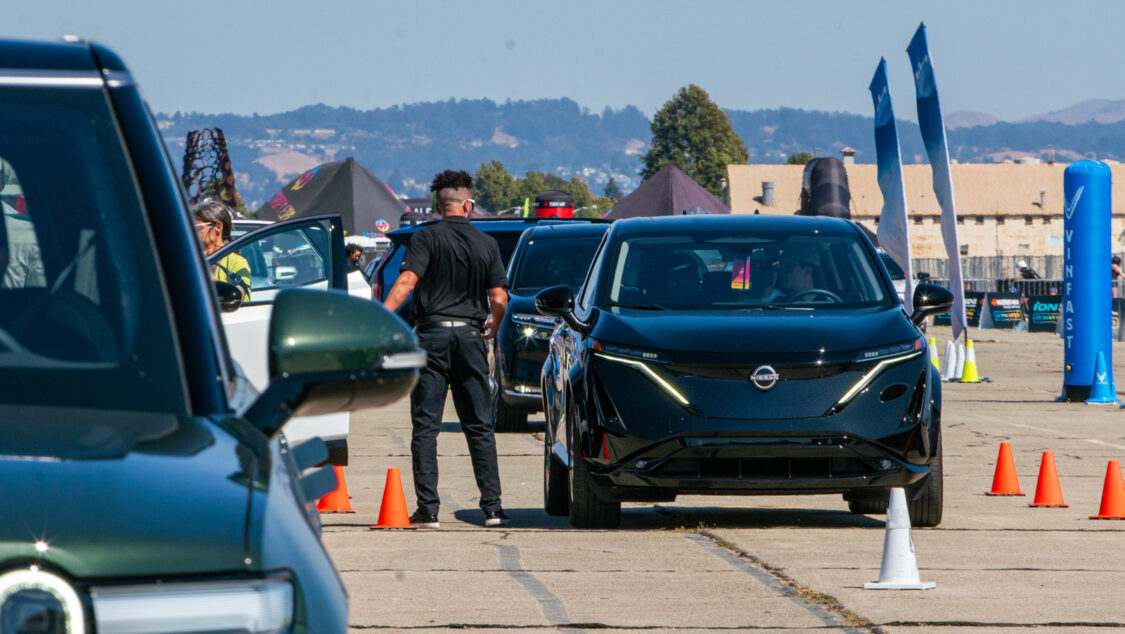
How to Choose the Right Charger for Your Needs
Not all chargers are created equal, and your choice depends on your daily driving habits:
- Level 1 Charging: Perfect if you drive less than 40 miles a day and have plenty of time to recharge overnight.
- Level 2 Charging: Ideal for those who need faster charging and drive 50+ miles daily. Installation costs may be higher, but incentives often apply.
- Level 3 Charging (DC Fast Charging): Best for road trips or quick top-ups but not a substitute for regular charging due to its higher costs.
ADVERTISEMENT
Tips to Maximize Your Charging Efficiency
- Charge at Off-Peak Hours: Many utilities offer lower rates at night. Check with your provider for time-of-use plans.
- Plan Your Trips: Use apps like Chargeway to find charging stations near you. Knowing where to stop can save you both time and money.
- Take Advantage of Incentives: Research local rebates for home charger installation or free charging programs from automakers.
- Leverage Expanding Networks: Thanks to partnerships like Nissan’s new energy network, EV drivers now have access to a broad range of compatible charging stations, ensuring flexibility and convenience.
ADVERTISEMENT
Electric Car Charging Made Simple and Accessible
Electric car charging is simple once you understand the basics. Whether you’re plugging in at home or tapping into public stations, the cost savings compared to gas are undeniable. With networks expanding and compatibility improving, like Nissan’s integration with Tesla’s chargers and the introduction of the SAE J3400 standard (NACS) allowing non-Tesla EVs to charge at Tesla stations, accessibility is improving for all EV drivers.
Networks like IONNA are also stepping up, bringing advanced charging solutions to North America with a focus on reliable coverage and user-friendly technology. This growth in charging infrastructure ensures drivers have more options than ever, making it easier to plan trips or find a nearby station when needed.
So, next time you hear someone say charging an EV is a hassle, just smile and share these insights. Knowledge (and a fully charged battery) makes all the difference.
ADVERTISEMENT

IMAGES: ELECTRIFY EXPO
FTC: We use income-earning auto affiliate links. Learn more.


